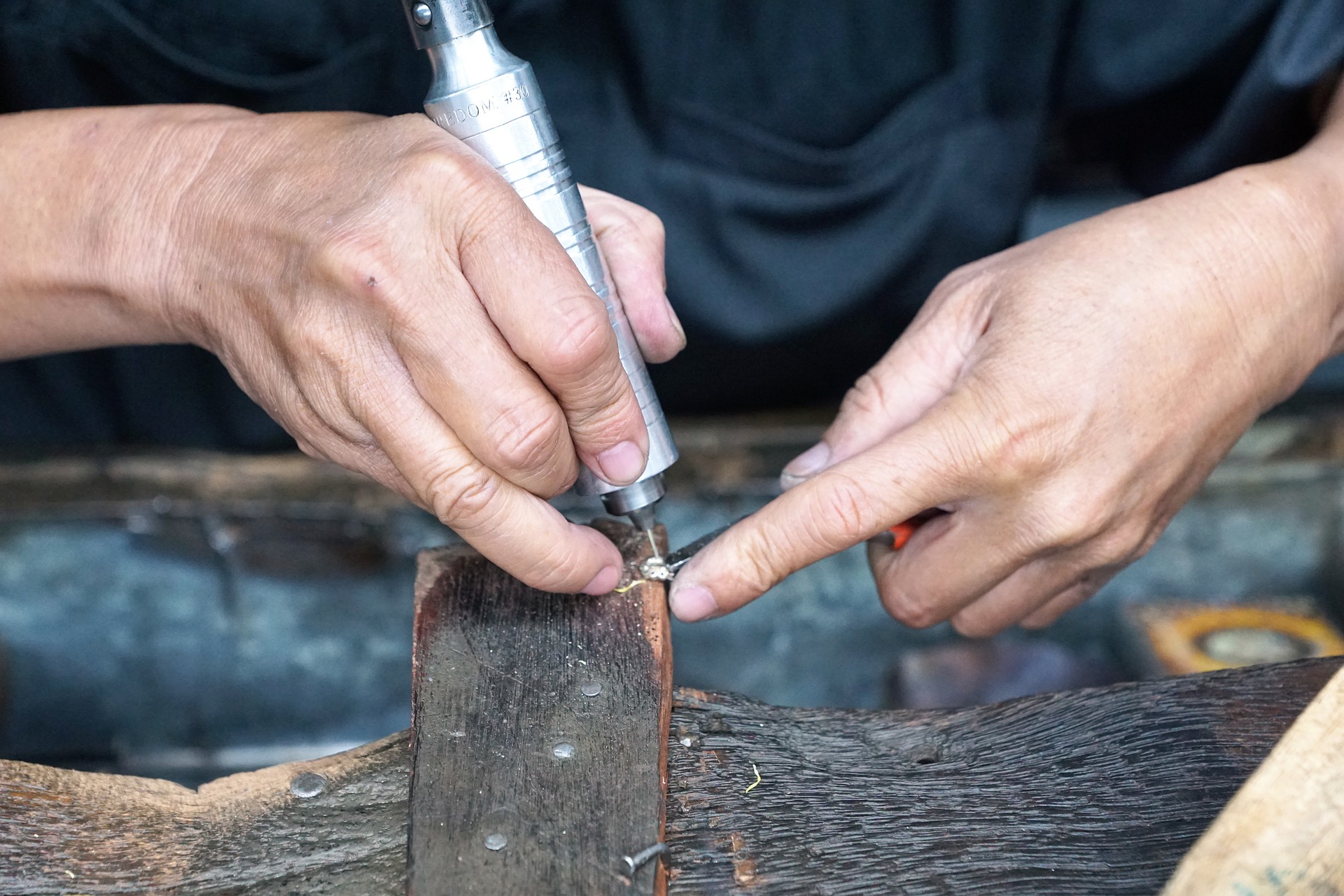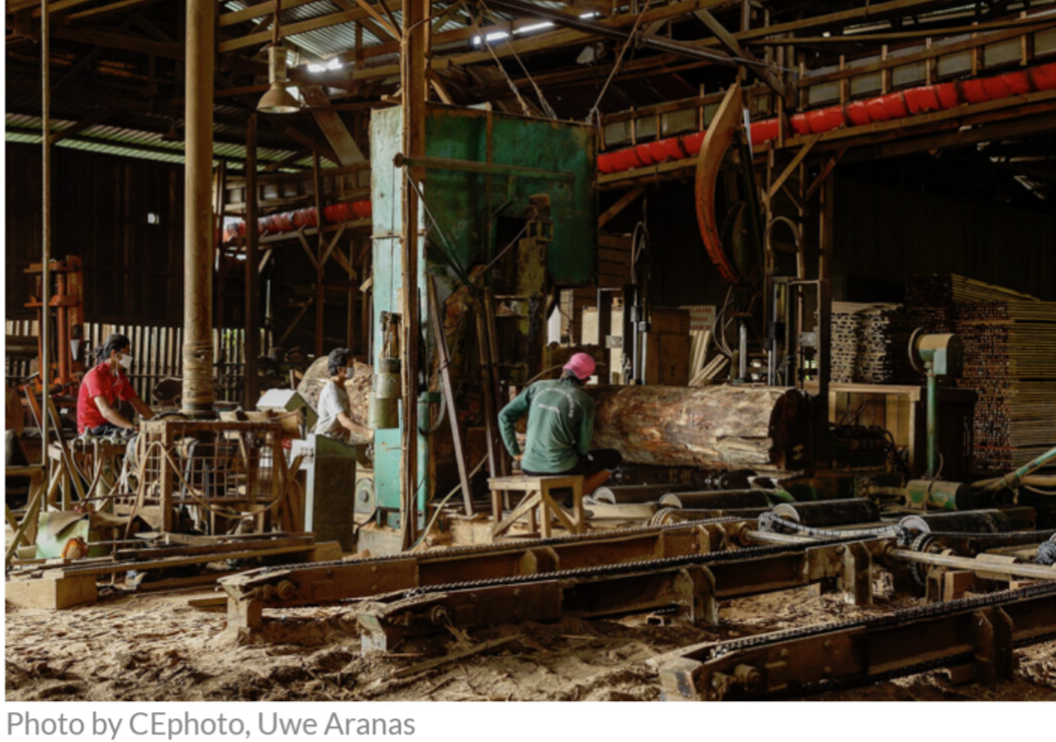Making it with wood
12 February 2021 UNIDO

One of UNIDO's main areas of focus has been to assist developing countries with building their export industries, particularly those sectors that involved the processing of raw materials. Wood is a widely available commodity in many developing countries, and it is not surprising that it has formed the basis for some of UNIDO’s most successful ventures.
UNIDO's wood programme began in 1967 when efforts were made to show developing countries how to manufacture or process wooden products for export instead of simply exporting raw timber. Very soon, the Organization had built up an outstanding bibliography of manuals, experts’ reports and research papers on different aspects of wood processing. It also published lectures given at seminars on the wood industry.

A series of training courses were held in Lahti, Finland in the early and mid-1970s, continuing into the 1980s, to upgrade the skills of middle managers from developing countries in the furniture industry. Hailed an outstanding success by participants and organizers alike, the transcripts of lectures were translated into many languages and adapted to local conditions and abilities. They soon became widely-used text books in vocational training schools throughout the developing world.
Perhaps UNIDO's most successful wood project in terms of impact was its prefabricated modular timber bridge system that enabled otherwise marginalized, rural areas of developing countries to have year-round road transport links with markets without the time, often prohibitive expense and effort involved in constructing concrete bridges. First introduced in Kenya in the 1970s, the system could be used to construct bridges with spans of 9 to 24 metres to carry loads of up to 35 tonnes. No heavy lifting equipment was needed and, with a trained crew, a 15-metre bridge could be erected in one week. Demonstration project bridges were also built in Angola, Bhutan, Bolivia, the Central African Republic, Chile, Dominica, Ecuador, Honduras, Madagascar, Nicaragua, Panama and Peru. The project enabled UNIDO to demonstrate that wood could be used as a serious and reliable structural engineering material.